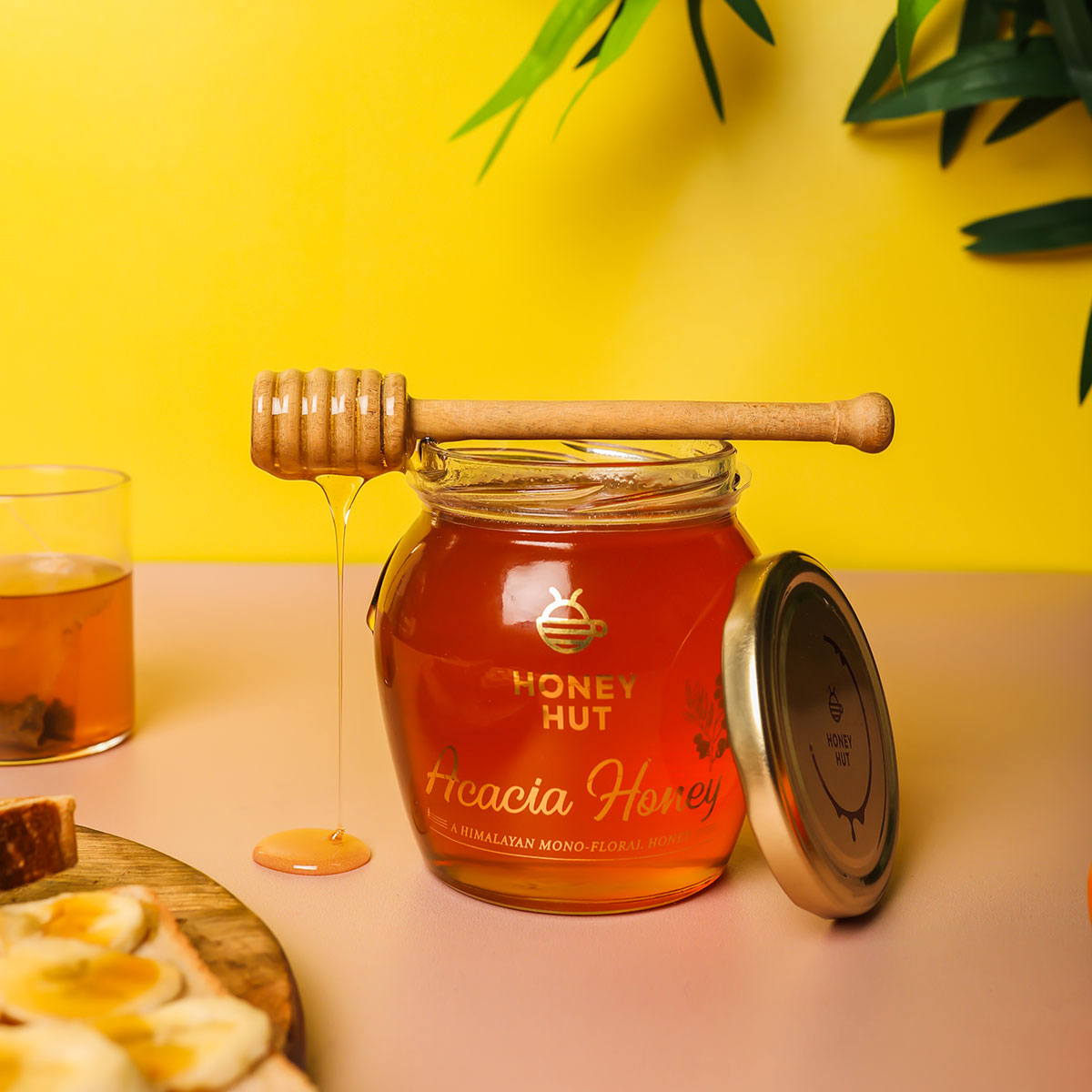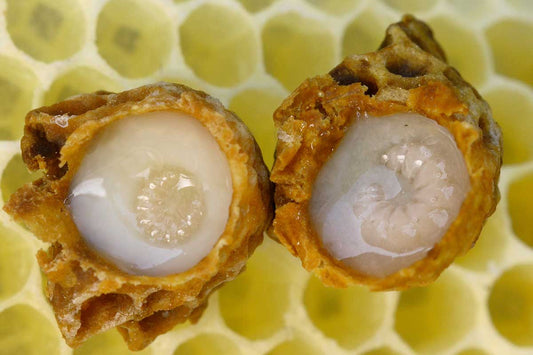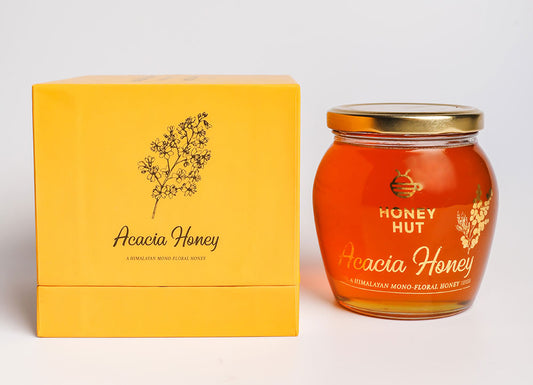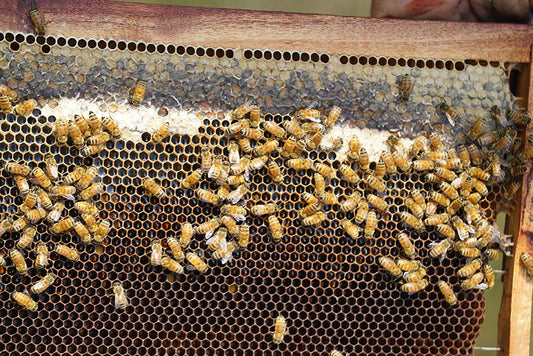Bees are fascinating creatures that play a crucial role in our ecosystem, from pollinating flowers to producing honey. One of the most intriguing aspects of bees is their surreal communication system. Despite lacking the vocal cords of mammals, bees have developed intricate ways to convey information to one another within their colonies. But what truly sets them apart is their remarkable ability to communicate with one another, while they don't converse in the same way humans do, their methods of conveying messages are just as effective.
At the heart of bee communication lies a dance—a dance that tells a story of nectar-filled flowers, distant landscapes, and the ever-pressing need to sustain the hive. First decoded by Austrian biologist Karl von Frisch in the early 20th century, this dance is known as the waggle dance.
Understanding the Waggle Dance:
The waggle dance is a complex series of movements that conveys vital information about the location of food sources to other bees in the colony. It's as if the forager bee becomes a choreographer, using her body to map out the route to the best flowers in the area. The dance begins with a series of rapid, excited waggles—the bee's way of indicating the direction of the food source in relation to the position of the sun. If the food is directly in line with the sun, the dance moves in a straight line. If it's o to the side, the dance takes on a more angled trajectory.

In addition to the waggle dance, bees communicate through chemical signals known as pheromones. Pheromones are odourless chemicals secreted by various glands in a bee's body. These chemicals play a vital role in coordinating activities within the colony and maintaining social cohesion. The queen bee produces a unique blend of chemicals that signal her presence and reproductive status to the other bees in the colony. This pheromone helps maintain the unity of the colony and regulates various behaviours, including brood care and foraging activity.

Waggle dancing to locate the direction of food source:
The waggle dance is a form of communication used by honey bees to convey information about the location of food sources to other members of the hive. When a forager bee returns to the hive after finding a food source, such as a patch of flowers rich in nectar, it performs the waggle dance to inform its fellow workers about the location, quality, and distance of the food source.
The waggle dance involves a series of movements performed in a figure-eight pattern on the surface of the honeycomb. During the dance, the forager bee waggles its abdomen from side to side while vibrating its wings. The angle and duration of the waggle portion of the dance indicate the direction and distance of the food source relative to the position of the sun. Other bees in the hive interpret these signals and use them to navigate to the food source.
Benefits for Honey Production:
The waggle dance plays a crucial role in honey production for several reasons:
Efficient Foraging: By sharing information about the location of food sources, honey bees can efficiently gather nectar and pollen from flowers. This allows them to maximise their foraging e orts and collect enough resources to sustain the hive.
Resource Allocation: Honey bees have limited energy and time to forage for food, so it's essential to prioritise the most pro table food sources. The waggle dance helps bees identify the most abundant and accessible flowers, ensuring that they allocate their resources effectively.
Hive Coordination: Honey bee colonies consist of thousands of individuals working together for the collective good of the hive. The waggle dance facilitates coordination among colony members, allowing them to communicate and collaborate in their foraging e orts.
Adaptability: Food sources can vary in availability and quality throughout the year, depending on factors such as weather conditions and oral bloom cycles. The waggle dance enables honey bees to adapt quickly to changing conditions by locating and exploiting new food sources as needed.
Overall, the waggle dance is a remarkable example of how honey bees use sophisticated communication strategies to optimise their foraging behaviour and enhance honey production. By sharing valuable information about the location of food sources, honey bees ensure the survival and success of their colonies, ultimately bene ting both the bees themselves and the ecosystems in which they live.










